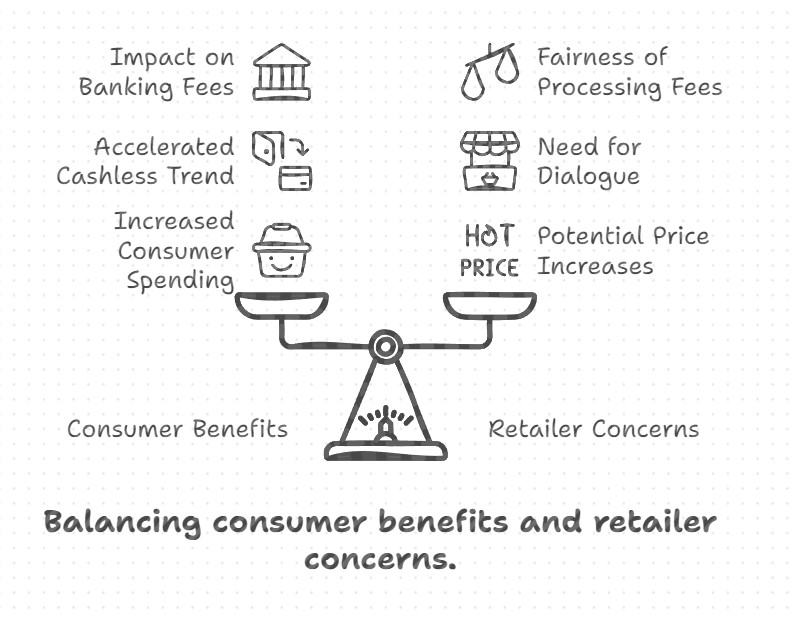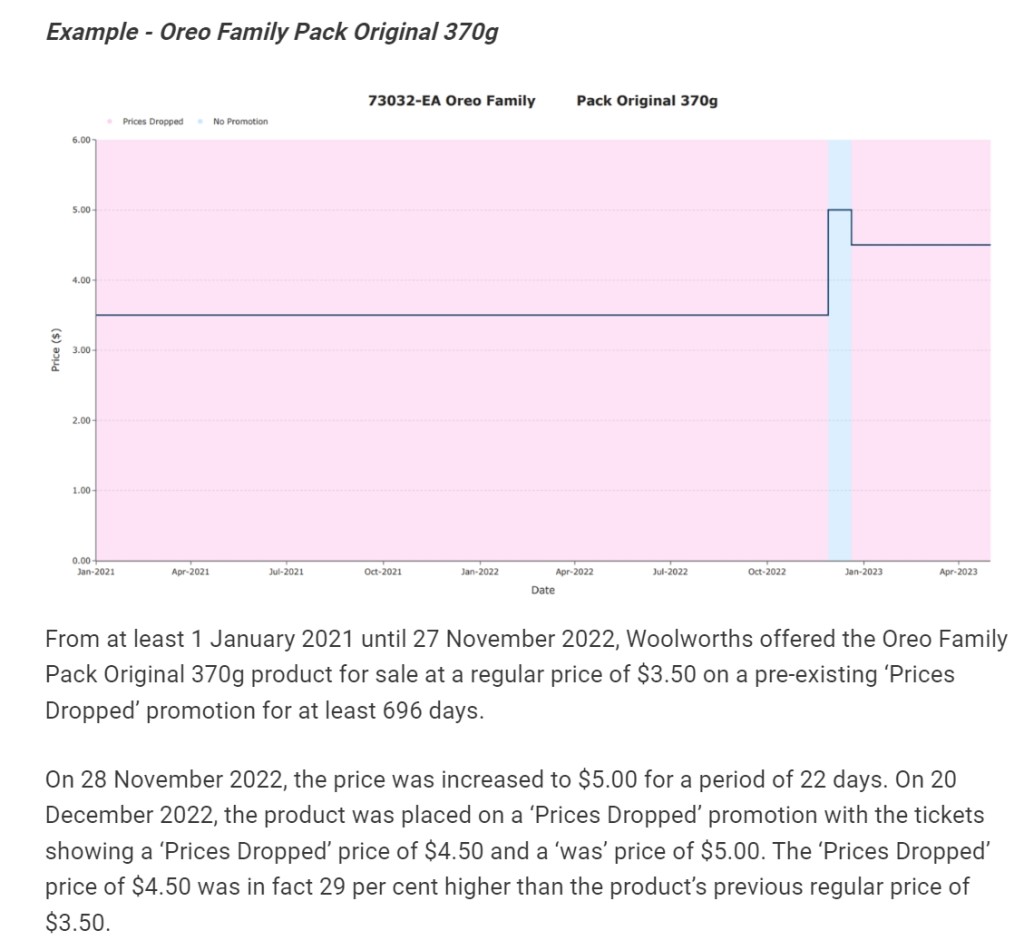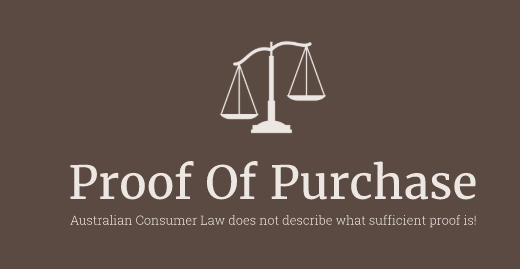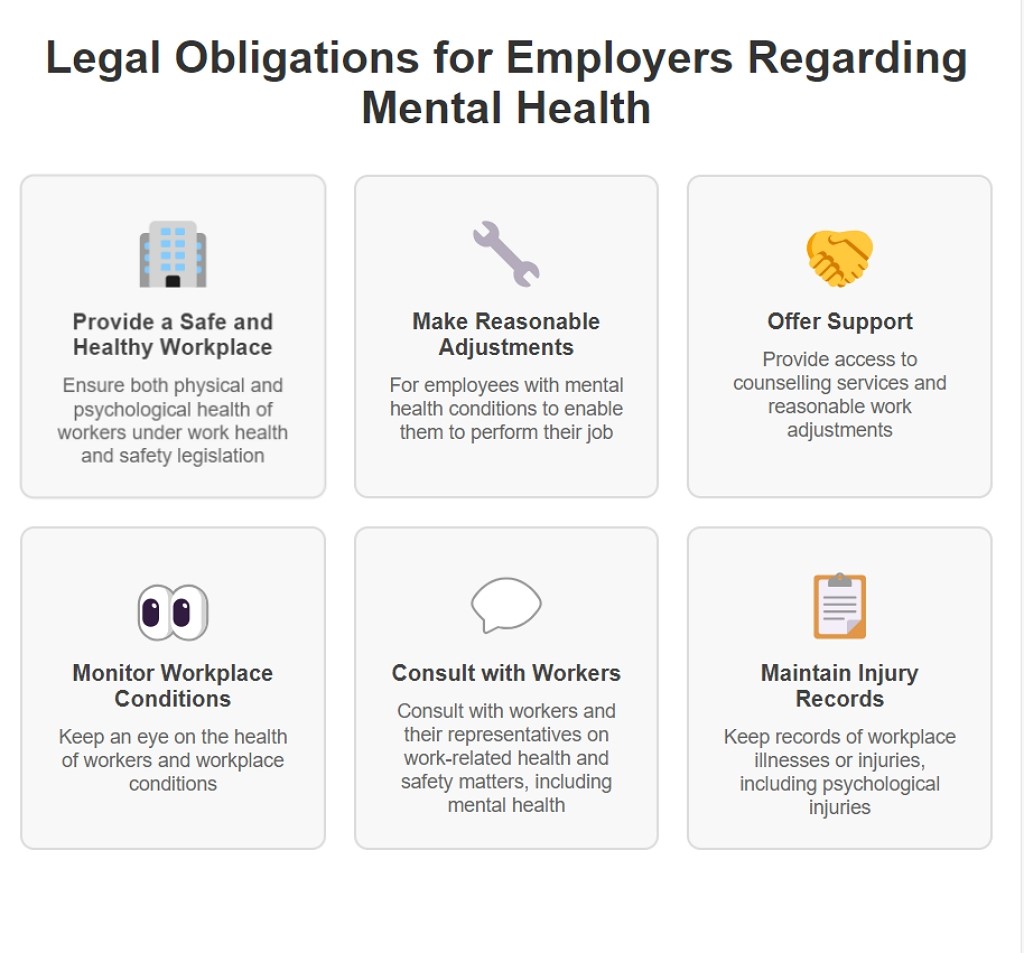When is it "Very Urgent"?

Every retail business faces urgent situations, such as crashed POS systems during peak sales periods and sudden staff absences. But what happens when procedures and systems aren't in place to address these urgencies?
This real-world example illustrates how poor password management turned a "VERY urgent" matter into a seven-month saga with significant business implications.
Inaccessible Financial Records
In December 2024, our team received a concerning call from an accountant regarding one of our clients, Louis, who had unexpectedly fallen ill and moved to a nursing home. The accountant needed to access Louis's financial records stored on his computer to finalise his affairs. Unfortunately, the computer was not working. As the accountant said, it was "VERY urgent."
So we immediately offered assistance. We asked him to send that shop's computer to our engineering bay for immediate repair. What followed was a series of delays and complications that transformed this "urgent" situation into a long ordeal:
Week 1
We heard nothing from the accountant after our initial conversation.
Week 3
The accountant's assistant arrived unannounced with the computer. Upon examination, we discovered that the operating system had been deleted. So we said it would take a few hours to see the damage. The assistant left and said to contact them as soon as possible when we had an answer, as it was urgent.
We got the computer working but discovered that it was protected by many passwords, which was unsurprising, as most financial computers are similarly protected. We recommend it; click here.
We notify them of this promptly.
Week 5
After notifying them about the password issues, we finally received some passwords. However, during our investigations, we discovered we needed additional credentials for several protected areas. We told them this.
Week 9
We received a follow-up for them. The accountant acknowledged the urgency but mentioned he was going on holiday soon and would be gone for a week.
Week 13
The accountant provided more passwords, which again proved insufficient.
Week 17
We received a USB stick with some information. It helped, but the accountant announced he was departing soon for a month-long European holiday.
Now
What began as a "VERY urgent" matter was now guaranteed to extend beyond seven months, potentially having profound implications for Louis's financial affairs.
What hurt is that it was entirely preventable.
Password management best practices
This scenario highlights one of the most significant vulnerabilities in many retail businesses: the single point of failure. In Louis's case, he was the only person with access to critical financial information. This common but dangerous practice leaves businesses extraordinarily vulnerable when that person becomes unavailable for any reason.
For retailers, I have seen this risk extend beyond financial data to include:
- POS system administrator credentials
- Supplier portal logins
- Banking and payment gateway access
- Inventory management system passwords
- Customer relationship management data
- Cloud storage accounts
- Social media and online marketplace logins
If only one staff member can access these systems, your business is one unexpected absence away from significant operational disruption.
Consider the potential costs of password-related business disruptions.
Crisis management for businesses
The other revealing aspect of this situation was the disconnection between the stated very urgent and the actual response time. While the accountant consistently emphasised the urgency of resolving Louis's affairs, somehow, I did not see it. Cynically, I wonder if the accountant did not benefit from this delay.
Business continuity
The best emergency response planning isn't seen in what happens, but in what doesn't happen.
Written by:

Bernard Zimmermann is the founding director at POS Solutions, a leading point-of-sale system company with 45 years of industry experience. He consults to various organisations, from small businesses to large retailers and government institutions. Bernard is passionate about helping companies optimise their operations through innovative POS technology and enabling seamless customer experiences through effective software solutions.




















